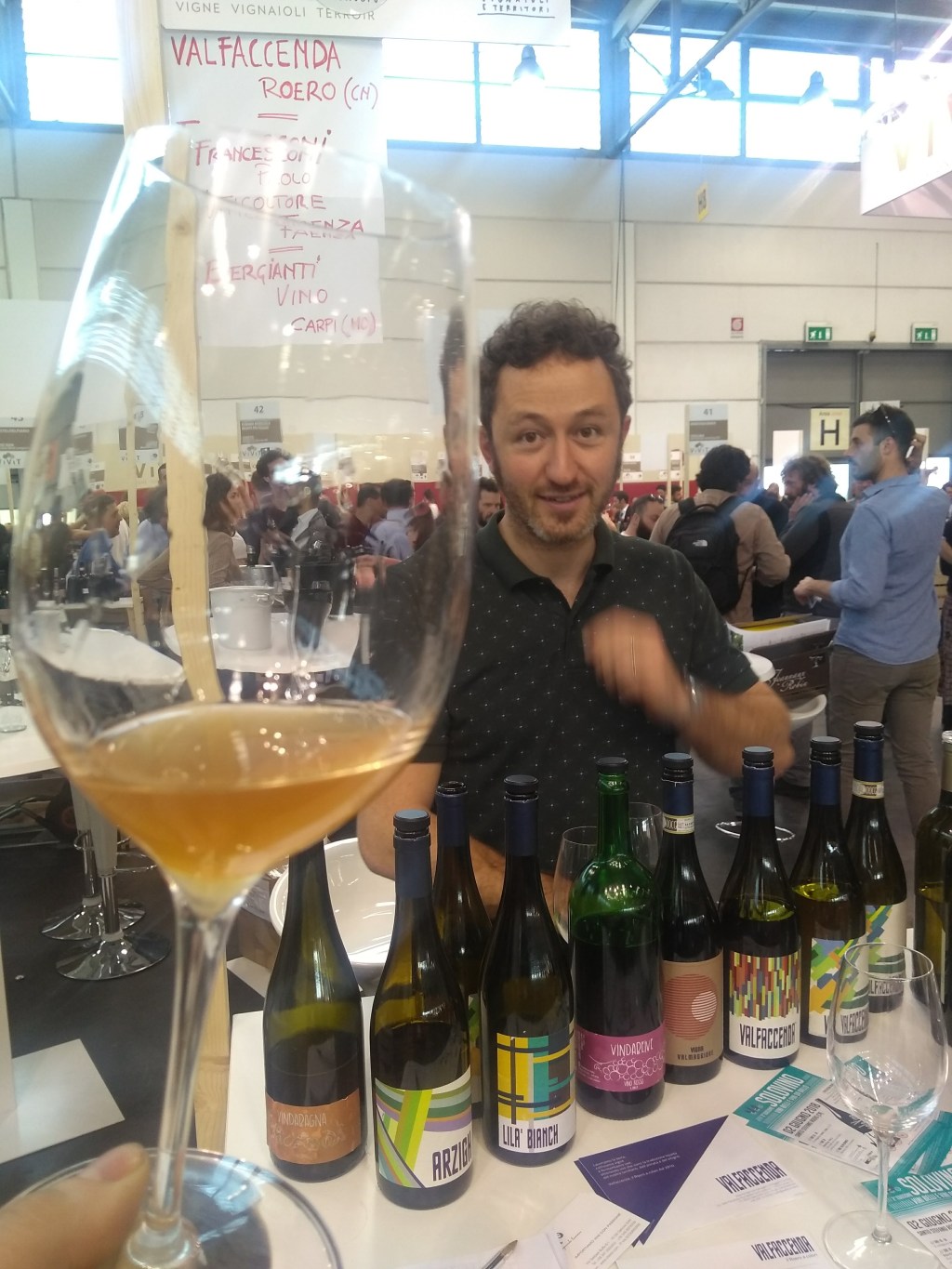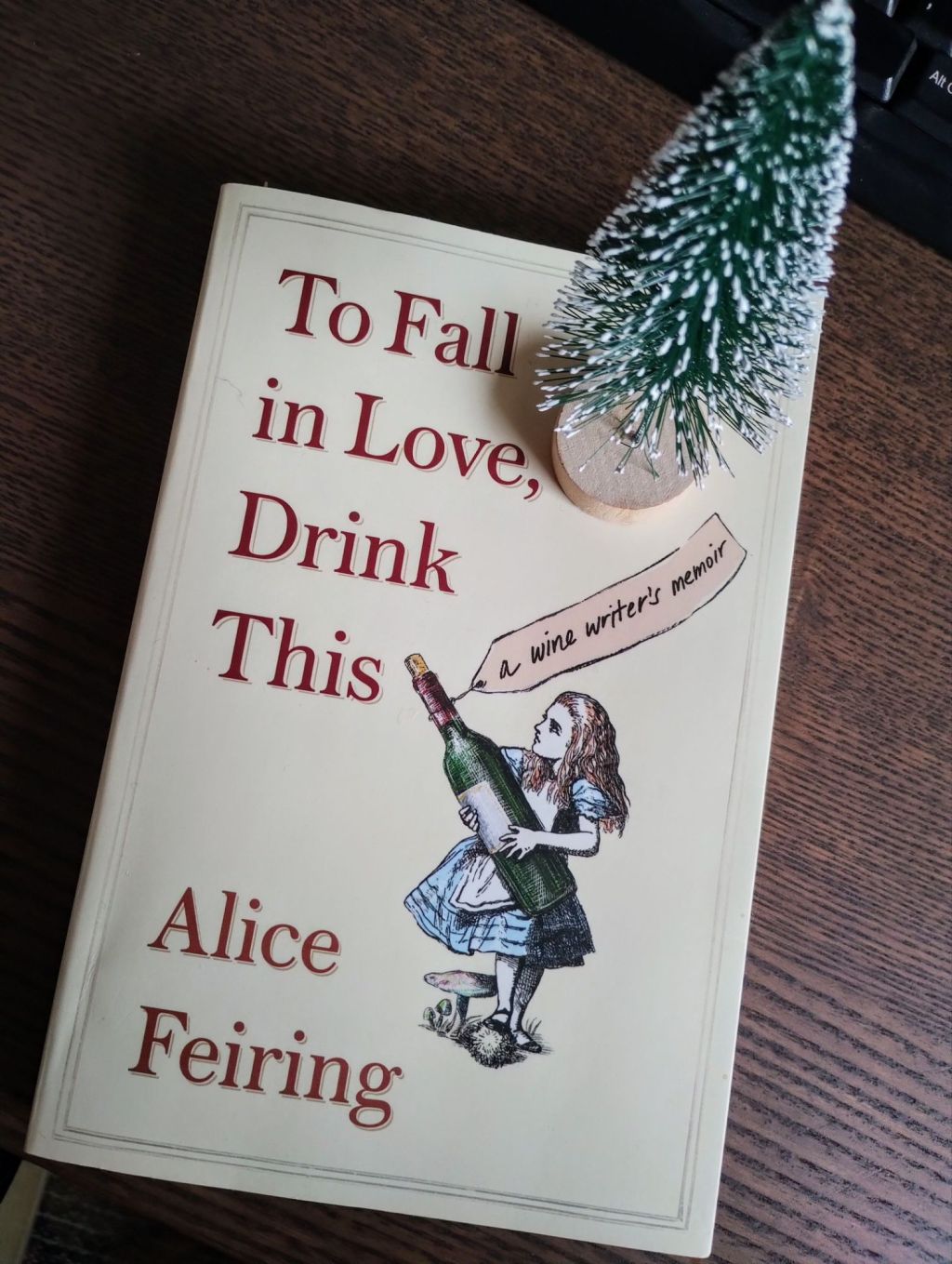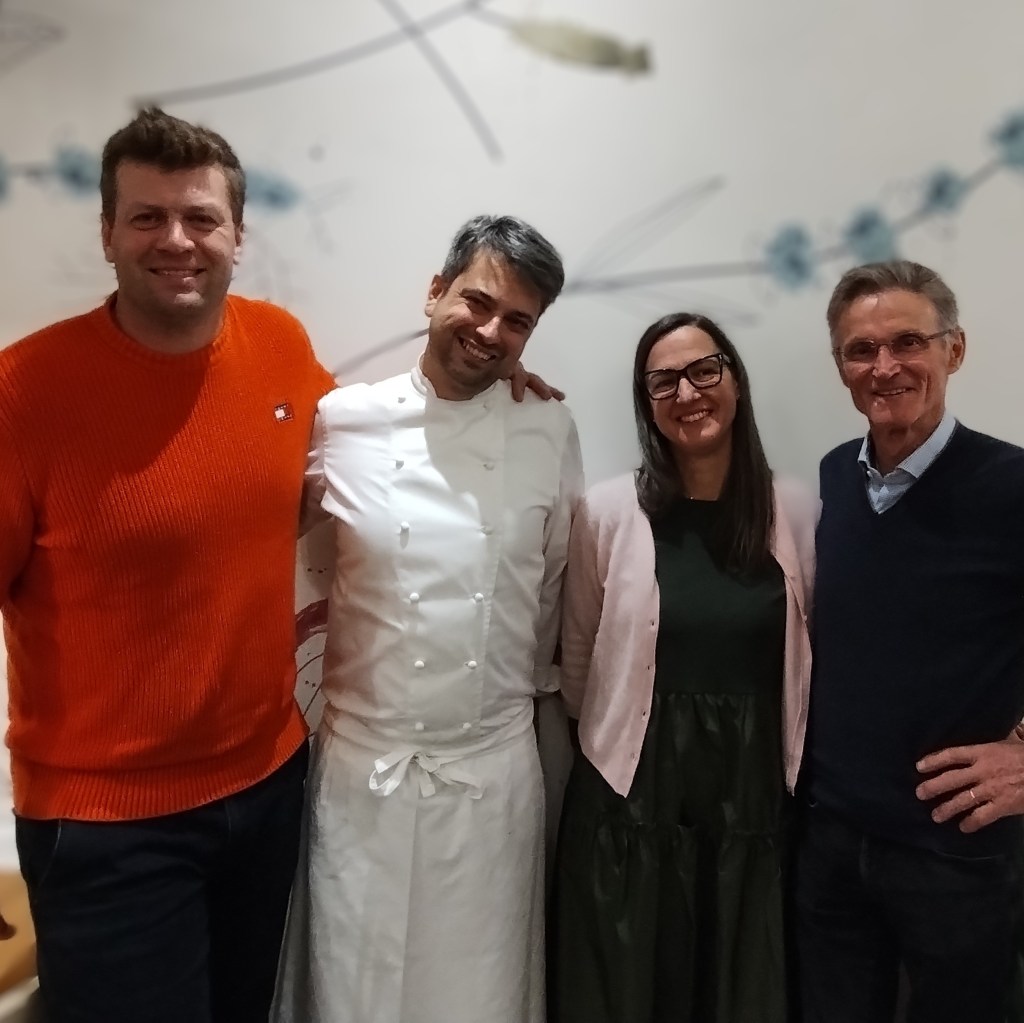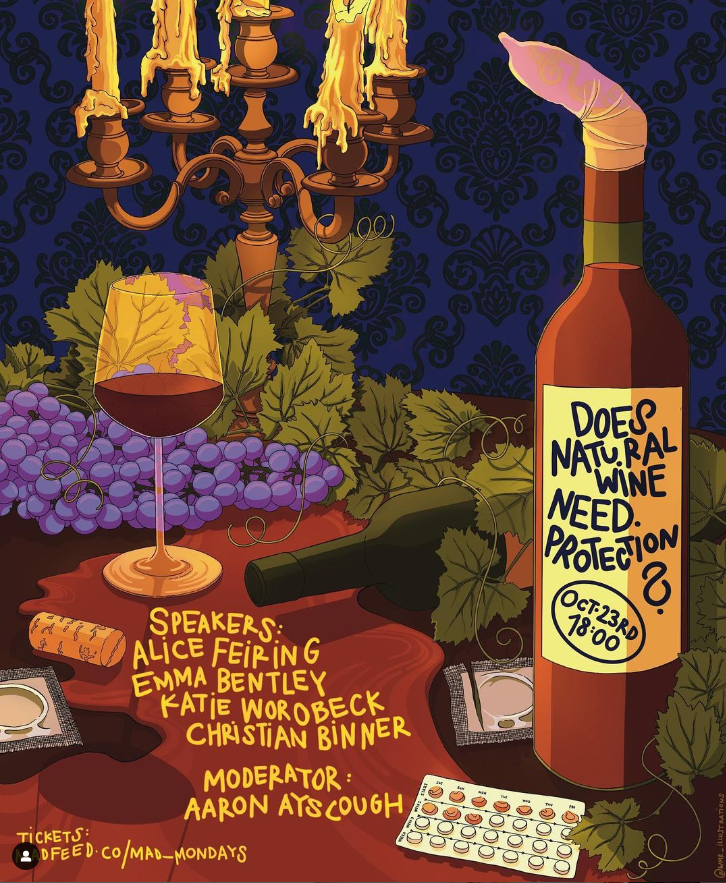Welcome to the blog.
Let’s talk wine! Here are a few bottles from the cellar.
Discover New Winemakers
Other Musings about Wine, Italy and life.
Italy Vintage Reports
that’s all for now, folks!
This is what I talk about most …
*** **** 2020 alsace biodynamic biodynamic wine champagne chardonnay craft beer dessert wine english wine fermentation Filippo Filippi fortified wine france Garganega grower champagne italian wine italy loire valley Madeira making wine natural fermentation natural wine organic wine piedmont sangiovese Sicily soave Soave DOC stefano bellotti syrah tuscany Vendemmia 2016 veneto Vinitaly VinNatur vintage2016 volcanic terroir white wine wine winemaker winemaking wine tasting €€
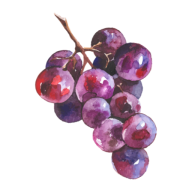


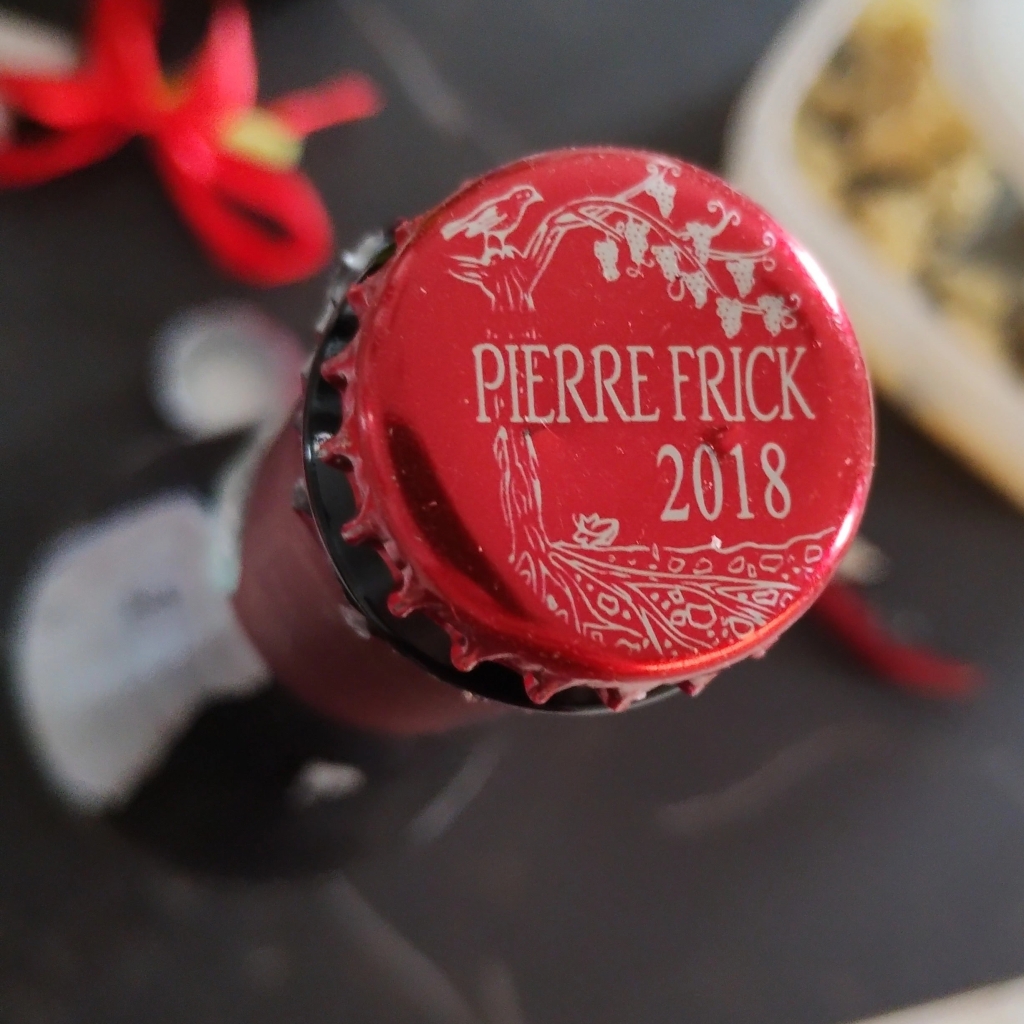


![Andrea Scovero “Bastian Contrario” vino rosso [2020]](https://emmabentleyvino.com/wp-content/uploads/2023/09/img_20230911_164457114-edit.jpg?w=1024)




